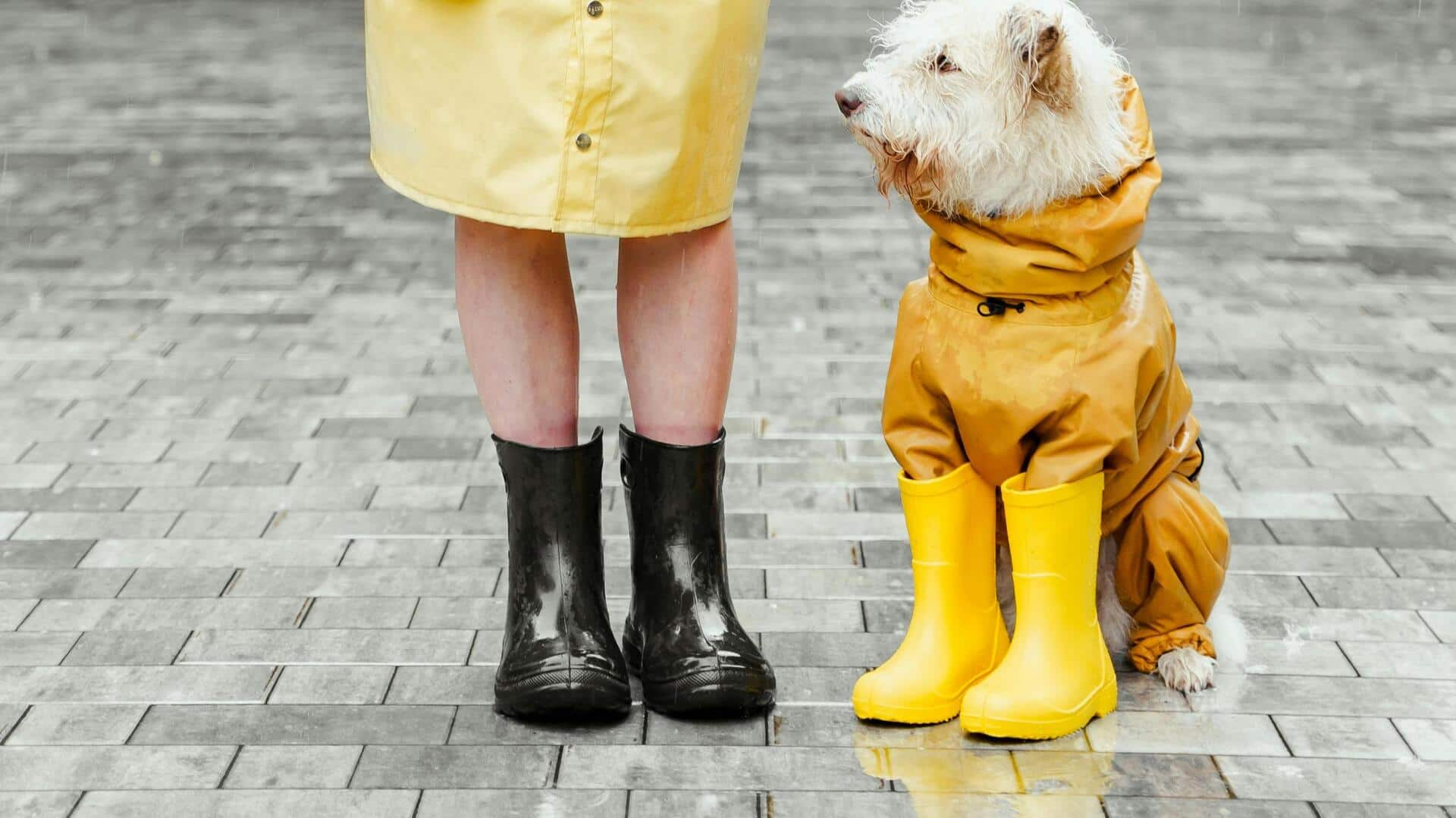
How to pick sustainable rain jackets this monsoon
What's the story
As the monsoon season approaches, choosing eco-friendly rain jackets becomes a priority for many. These jackets not only keep you dry but also help in reducing environmental impact. From recycled materials to sustainable manufacturing processes, eco-friendly rain jackets are made from a range of innovative materials. Here are five such materials that make these jackets a practical and sustainable choice this monsoon.
#1
Recycled polyester
Recycled polyester is made from plastic bottles and other plastic waste. By repurposing existing plastics, this material reduces the demand for new petroleum-based products. It also cuts down on landfill waste and energy consumption. Jackets made from recycled polyester are durable, lightweight, and water-resistant, making them ideal for monsoon conditions.
#2
Organic cotton
Organic cotton is grown without synthetic pesticides or fertilizers, which minimizes environmental impact. It is also biodegradable, unlike conventional cotton that uses harmful chemicals in its production process. Organic cotton rain jackets provide breathability and comfort while keeping you dry during light rains. They are perfect for those who prefer natural fibers over synthetic ones.
#3
Hemp fabric
Hemp fabric is one of the most sustainable materials available, as it requires very little water and no pesticides to grow. It is naturally resistant to mold and mildew, making it an ideal choice for rainy weather. Hemp fabric is also incredibly strong and durable, which means it lasts longer than other fabrics used in rain jackets.
#4
Tencel Lyocell
Tencel lyocell is made from sustainably sourced wood pulp through an eco-friendly process that recycles water and solvents. This material is soft yet strong, with moisture-wicking properties that keep you comfortable during humid monsoon days. Tencel lyocell rain jackets are biodegradable and offer a lower environmental footprint than traditional synthetic options.
#5
PFC-free waterproof coatings
Perfluorinated chemicals (PFCs) have long been used in waterproof coatings on outdoor gear, but they pose environmental risks when released into ecosystems during manufacturing or disposal processes. PFC-free alternatives use safer compounds to achieve similar levels of water repellency without harming the planet's ecosystems. These coatings ensure your jacket remains functional while adhering to eco-friendly standards.